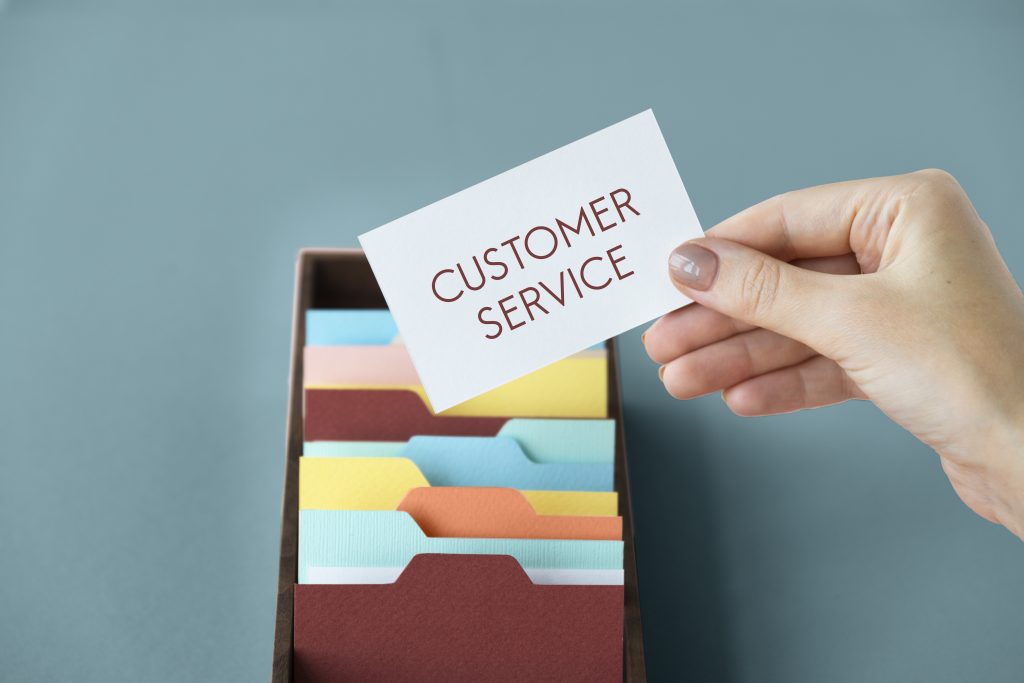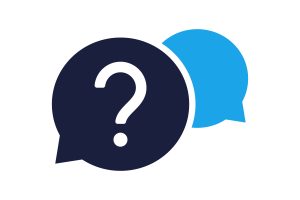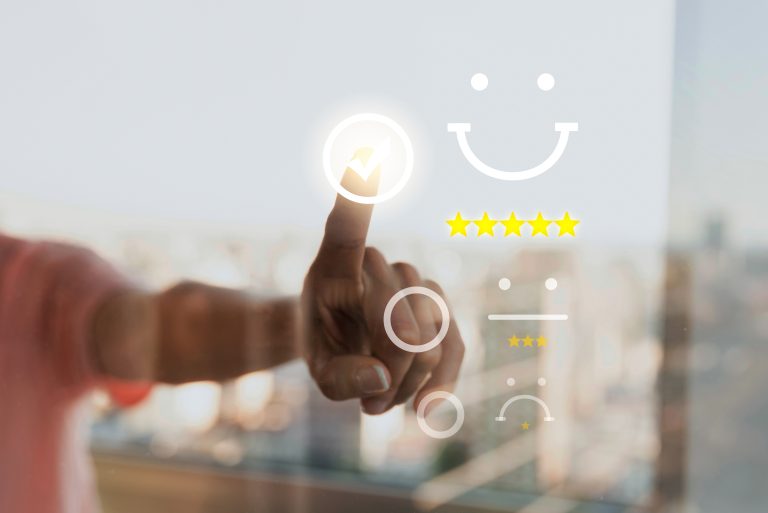Customer experience is a major differentiator in 2025. In this guide you’ll find ten real-world customer experience examples, practical takeaways, and step-by-step advice you can apply immediately to elevate CX, win loyalty, and grow revenue.
Explore Our Blog
About GoExperience

Introduction
“Customer experience” is more than a buzzword — it’s a measurable business strategy. Great CX increases retention, reduces acquisition costs, and turns customers into advocates. Below you’ll find a curated list of Customer Experience Examples from brands that have turned CX into competitive advantage.
Throughout the article we’ll link to reputable studies and sources (Harvard Business Review, HubSpot, Zendesk, Forbes, PwC) so you can verify the best practices and introduce them into your own roadmap.
What is Customer Experience?
Customer Experience (CX) is the sum of all interactions a customer has with your brand, products, and services. It encompasses every touchpoint — from visiting your website to receiving post-purchase support. By analyzing customer behavior and expectations, businesses can craft meaningful experiences that drive loyalty and repeat purchases.
Understanding customer experience is key to designing memorable interactions. For example, reviewing Customer Experience Examples from successful companies helps teams identify actionable strategies that can be implemented immediately.
Why is Customer Experience Important?
Investing in CX is not just about making customers happy — it has tangible business benefits. Companies that excel at customer experience report:
- Higher retention rates and reduced churn
- Increased lifetime value of customers
- Stronger brand advocacy and word-of-mouth referrals
- Improved operational efficiency through feedback and analytics
Studying real-world Customer Experience Examples illustrates how even small changes — like faster checkout processes or personalized messaging — can produce measurable growth.

Customer Experience vs. Customer Service — What’s the Difference?
Before we dive into the examples, it helps to clarify two often-confused terms. Customer service is reactive support — helping someone with an issue. Customer experience is proactive and holistic — it covers every interaction a customer has with your brand across the entire journey.
Customer service can be a part of customer experience, but CX includes product design, onboarding, marketing messages, packaging, delivery, post-purchase support, and even billing. For a company to excel, both must work together.
“A great customer experience is the sum of every interaction a customer has with your brand.” — GoExperience
What Makes a Great Customer Experience?
Great CX is consistent, relevant, and empathetic. It’s built on three pillars:
- Understanding: Knowing your customers’ needs and pain points.
- Execution: Delivering easy, fast, and accurate interactions.
- Emotion: Creating positive feelings that encourage repeat business.
Research from Harvard Business Review shows companies that improve CX increase revenue and customer loyalty. Zendesk and HubSpot also publish data proving that CX investments reduce churn and improve lifetime value.
Customer Experience Examples in Retail
Retail is one of the most visible industries for CX innovation. Successful retailers use both technology and human touchpoints to elevate the shopping journey.
- Seamless Online + Offline: Retailers like Walmart and Tesco integrate mobile apps, in-store experiences, and home delivery to create a unified experience.
- Loyalty Programs: Starbucks’ mobile app rewards customers for repeat visits and personalizes offers based on behavior.
- Personalized Assistance: Retail staff trained to anticipate customer needs and solve problems proactively enhance satisfaction and repeat purchases.
These Customer Experience Examples in retail show how combining technology, data, and human interaction results in higher retention and stronger customer relationships.
Positive Customer Experience Examples
Positive CX is about creating delight at every touchpoint. These examples highlight actionable strategies:
- Surprise and Delight: Companies like Zappos and Ritz-Carlton exceed expectations with unexpected gestures, leaving a lasting impression.
- Proactive Support: Apple’s Genius Bar anticipates customer problems and solves them before they escalate.
- Personalization: Netflix and Amazon tailor recommendations and promotions to individual preferences.
- Community Engagement: Airbnb fosters trust through verified reviews and active host-customer communication.
Incorporating these Customer Experience Examples into your business strategies can create loyal customers, improve retention, and generate positive word-of-mouth referrals.
10 Customer Experience Examples That Drive Growth
Below are ten distinct, actionable customer experience examples. Each one includes a short description, why it works, and how to adapt it to your business.
1. Amazon — Frictionless Convenience
What they do: One-click purchasing, fast delivery, transparent tracking, and easy returns.
Why it works: Amazon removes friction at every step. Convenience reduces decision friction and increases repeat purchases. Their data-driven approach personalizes recommendations, improving conversion rates.
How to adapt: Map your customer journey and remove even simple friction points — like confusing checkout fields or slow confirmation emails. Use analytics to see where customers drop off and fix it fast.
2. Apple — Intuitive Product Experience + Human Support
What they do: Seamless device integration, elegant design, and Genius Bar support at retail stores.
Why it works: Apple blends product experience with service. If a device fails, a helpful in-person experience restores trust quickly, turning problems into loyalty-building moments.
How to adapt: Train frontline staff to resolve issues compassionately and empower them to exceed expectations (like complimentary fixes or personalized follow-ups).
3. Starbucks — Personalization at Scale
What they do: Mobile ordering, loyalty rewards, and personalized offers through their app.
Why it works: Starbucks combines convenience with personalization. Their loyalty program encourages frequent visits and their app removes wait times.
How to adapt: Start a simple loyalty program that rewards repeat customers and use basic segmentation to send relevant offers based on behavior.
4. Zappos — Customer-First Policies
What they do: Exceptional return policies and a call-center culture that prioritizes customer happiness over scripts.
Why it works: Zappos treats policies as a tool to build long-term trust. Generous returns remove purchase anxiety and encourage trial.
How to adapt: Re-examine returns, refunds, and guarantees. If you can afford more flexible policies, they often pay back in customer loyalty.
5. Netflix — Personalized Content Discovery
What they do: Sophisticated recommendation engines and seamless device streaming.
Why it works: Netflix reduces effort by showing what users want next. Personalization increases time-on-service and reduces churn.
How to adapt: Use basic recommendation logic on your site—“Customers who bought X also viewed Y”—and personalize emails based on prior behavior.
6. Patagonia — Values-Driven Experience
What they do: Transparent supply chains, sustainable practices, and mission-led messaging.
Why it works: Customers who share brand values become loyal advocates. Patagonia’s CX extends beyond transactions into identity and belief.
How to adapt: Communicate your values clearly and act on them. Authentic actions (not just marketing) create meaningful emotional connections.
7. Disney — Magical End-to-End Experience
What they do: Immersive design, meticulous staff training, and attention to detail at every touchpoint.
Why it works: Disney designs experiences to evoke emotion. Well-trained staff and consistent operational standards ensure every visit feels special.
How to adapt: Identify a signature moment in your customer journey and design it to be remarkable. Train your team to deliver consistently.
8. Airbnb — Trust Through Community & Design
What they do: User reviews, host verification, and smooth booking flow.
Why it works: Airbnb uses social proof and design to reduce uncertainty. Trust mechanisms make users comfortable booking unfamiliar accommodations.
How to adapt: Encourage authentic reviews, verify key information, and simplify booking processes to reduce friction.
9. Tesco — Omnichannel Convenience
What they do: Seamless grocery experiences across stores, mobile apps, and home delivery.
Why it works: Customers expect the same experience no matter where they interact. Tesco’s integration of online and offline channels reduces friction.
How to adapt: Ensure your inventory, pricing, and offers are consistent across online and offline channels. Invest in simple, reliable fulfillment methods.
10. Stitch Fix — Data + Human Touch
What they do: Data-driven personalization combined with human stylists to curate selections.
Why it works: Stitch Fix combines the efficiency of algorithms with human judgement, creating a personalized and delightful experience.
How to adapt: Use data to make suggestions, but include a human review for high-value or complex decisions to increase trust and satisfaction.
These 10 Customer Experience Examples illustrate that successful CX goes beyond basic service. By studying these Customer Experience Examples, businesses can identify patterns and strategies that work across industries. Implementing lessons from Customer Experience Examples helps companies anticipate customer needs, reduce friction, and build loyalty that drives measurable growth.

How to Improve Your Customer Experience — Practical Steps
Improving CX is iterative. Here’s a practical six-step framework you can use right away:
- Map the Customer Journey: Document every touchpoint and identify friction points.
- Collect Real Feedback: Post-interaction surveys, NPS, and qualitative interviews reveal what matters most.
- Prioritize Quick Wins: Fix high-impact, low-effort issues first (like checkout friction or response time).
- Invest in Training: Teach frontline teams to handle issues with empathy and efficiency.
- Use Technology Wisely: CRM, chatbots, and analytics should augment not replace human service.
- Measure & Iterate: Use KPIs (CSAT, NPS, FCR, AHT) to track progress and refine strategies.
Forrester and PwC research consistently shows that customers will pay more for a better experience. A well-executed CX program has measurable ROI. For context, see PwC’s industry research on customer experience trends.
Pro Tip: Start by measuring one KPI well (for example, CSAT after purchase) before expanding your dashboard.
Key Takeaways
- Customer Experience Examples matter: They provide blueprints you can adapt to your business.
- Design for emotion and reduce friction: Both logic and feeling drive loyalty.
- Use data, but keep the human touch: Automation should enhance, not replace, empathy.
- Measure impact: Track CSAT, NPS, FCR and revenue impact to prove ROI.

Frequently Asked Questions
What are customer experience examples?
Customer experience examples are real-world implementations of CX strategies — like Amazon’s fast delivery or Apple’s Genius Bar — that show how companies design interactions to delight customers.
How is customer experience different from customer service?
Customer service is a component of CX focused on support; CX is the complete sum of all interactions, from marketing to post-purchase follow-up.
How do I measure customer experience?
Common metrics include CSAT (Customer Satisfaction), NPS (Net Promoter Score), FCR (First Contact Resolution), and AHT (Average Handle Time). Combine quantitative metrics with qualitative feedback for the best view.
Which companies have the best customer experience?
Brands like Amazon, Apple, Starbucks, Disney, and Zappos are often cited for outstanding CX because they remove friction, personalize interactions, and build trust.
How long does it take to improve CX?
Small improvements can show results in weeks (e.g., fixing a checkout issue), but cultural and structural changes typically take 6–18 months to embed and yield measurable ROI.
Elevate Your Customer Experience with GoExperience
If you want to move from theory to action, GoExperience helps teams design, implement, and measure customer experience programs that deliver real growth. We combine CX strategy, training, and implementation support so you can scale improvements quickly.
Read More on Our Blog
Book a CX Consultation
Trusted resources we reference in this article: Harvard Business Review, Zendesk, HubSpot, Forbes, and PwC.


